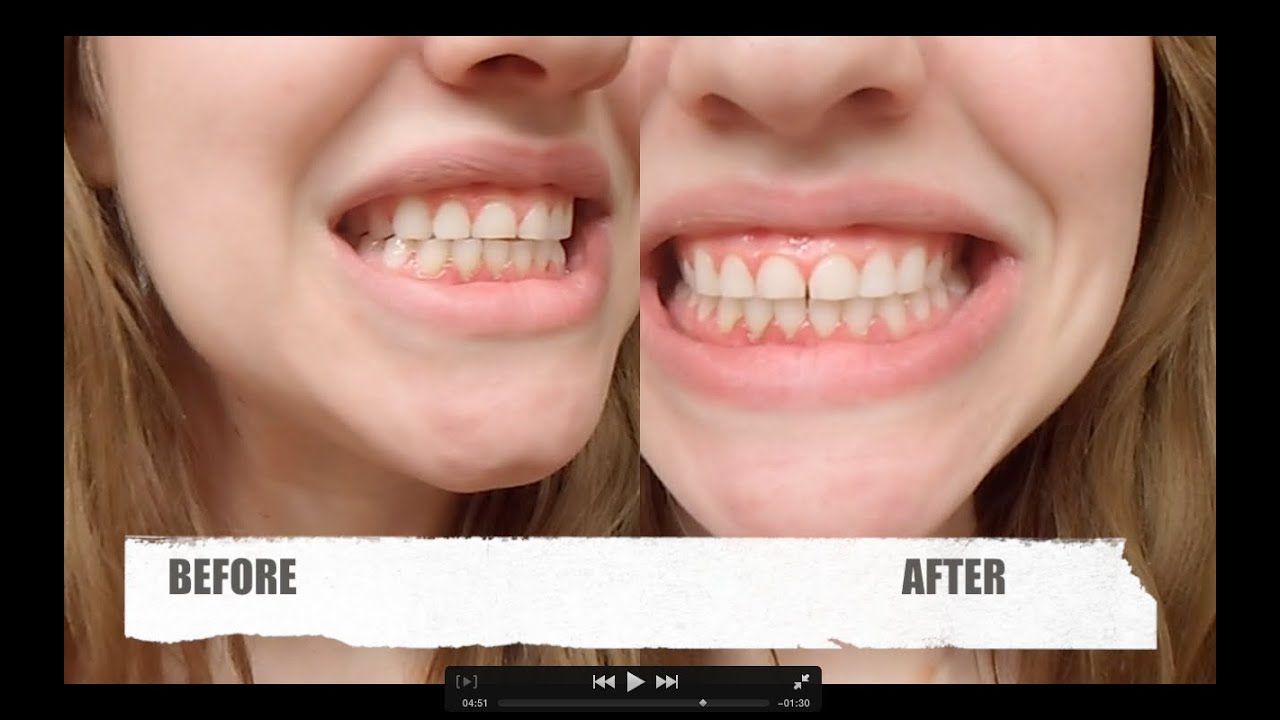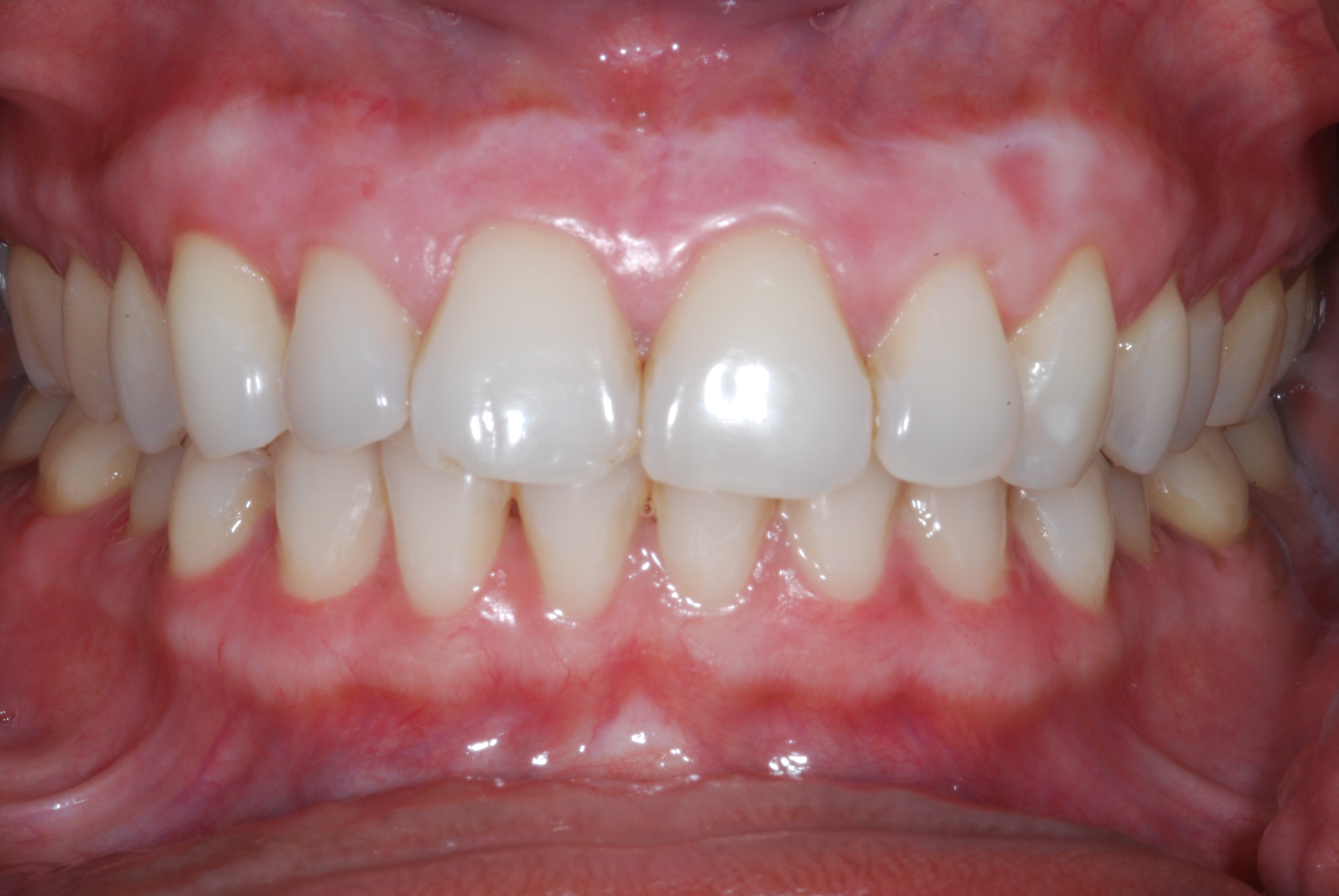Pain After Teeth Bleaching

The quest for a brighter, more radiant smile has led many to undergo teeth bleaching, a popular cosmetic dentistry procedure. However, the journey to achieving those pearly whites can sometimes be marred by an unexpected and unwelcome companion: pain. The phenomenon of pain after teeth bleaching is more common than one might think, and it’s essential to understand its causes, symptoms, and, most importantly, how to manage and prevent it.
Why Does Pain Occur After Teeth Bleaching?
To grasp the reasons behind post-bleaching pain, it’s crucial to understand the process of teeth bleaching itself. Teeth bleaching involves the application of a bleaching agent, typically hydrogen peroxide or carbamide peroxide, to the teeth. This agent penetrates the tooth enamel and dentin, breaking down the stains and whitening the tooth. However, this process can also lead to tooth sensitivity and, in some cases, pain.
Several factors contribute to the onset of pain after teeth bleaching:
- Tooth Sensitivity: The most common cause of pain after teeth bleaching is increased tooth sensitivity. The bleaching agents can penetrate the tooth, reaching the nerve and causing irritation.
- Gum Irritation: The bleaching trays or strips can cause gum irritation, especially if they don’t fit properly or if the bleaching agent comes into contact with the gums.
- Tooth Decay or Cracks: Pre-existing conditions like tooth decay or cracks in the teeth can exacerbate sensitivity and pain during and after the bleaching process.
- Overuse of Bleaching Agents: Overusing bleaching products or using them too frequently can lead to increased sensitivity and pain.
- Poor Fitting Bleaching Trays: Ill-fitting bleaching trays can cause the bleaching agent to leak onto the gums, leading to irritation and discomfort.
Symptoms of Pain After Teeth Bleaching
The symptoms of pain after teeth bleaching can vary from person to person but often include:
- Tooth Sensitivity: Feeling a sharp, stabbing pain when consuming hot or cold foods and drinks.
- Dull Ache: Experiencing a persistent, dull ache in the teeth or gums.
- Gum Irritation: Noticing redness, swelling, or tenderness in the gums.
- Sharp Pain: Feeling an intense, sharp pain when biting down or applying pressure to the teeth.
Managing and Preventing Pain After Teeth Bleaching
While some degree of sensitivity is common after teeth bleaching, there are steps you can take to manage and prevent pain:
- Desensitizing Toothpaste: Use a desensitizing toothpaste for a couple of weeks before and after the bleaching procedure to reduce sensitivity.
- Follow Instructions: Adhere strictly to the instructions provided with your bleaching product or by your dentist.
- Gum Protection: Ensure the bleaching trays fit correctly and consider applying a barrier to protect the gums from the bleaching agent.
- Avoid Overuse: Do not overuse bleaching products, and space out treatments as recommended.
- Maintain Good Oral Hygiene: Keep your teeth and gums healthy through regular brushing, flossing, and dental check-ups.
- Consult a Dentist: If you experience persistent or severe pain, consult your dentist. They can provide professional guidance tailored to your specific situation.
Future Trends and Developments
As the demand for cosmetic dental procedures like teeth bleaching continues to grow, researchers and manufacturers are focusing on developing products and methods that minimize sensitivity and pain. Some of the future trends include:
- Advanced Bleaching Agents: New formulations that are more gentle on the teeth and gums while maintaining effectiveness.
- Customized Bleaching Trays: Improved design and materials for bleaching trays to enhance comfort and prevent gum irritation.
- Laser-Assisted Bleaching: Techniques that utilize laser technology to accelerate the bleaching process and reduce sensitivity.
Conclusion
Teeth bleaching can be an effective way to achieve a brighter smile, but it’s crucial to be aware of the potential for pain and take proactive steps to manage it. By understanding the causes, following proper procedures, and maintaining good oral hygiene, you can minimize discomfort and enjoy the benefits of a whiter, healthier-looking smile.
How long does pain after teeth bleaching typically last?
+Pain or sensitivity after teeth bleaching is usually temporary and can last from a few days to about a week. However, this timeframe can vary depending on the individual’s sensitivity and the condition of their teeth and gums.
Can I use pain relief medications for post-bleaching pain?
+For mild discomfort, over-the-counter pain relief medications like ibuprofen or acetaminophen may help. However, it’s always best to consult with your dentist before taking any medication, as they can provide advice tailored to your specific situation and ensure the medication won’t interfere with any ongoing dental treatments.
Is it possible to completely prevent pain after teeth bleaching?
+While it’s challenging to completely prevent pain for everyone, taking preventive measures such as using desensitizing toothpaste, following the product’s instructions carefully, and maintaining good oral hygiene can significantly reduce the risk and severity of post-bleaching sensitivity and pain.
